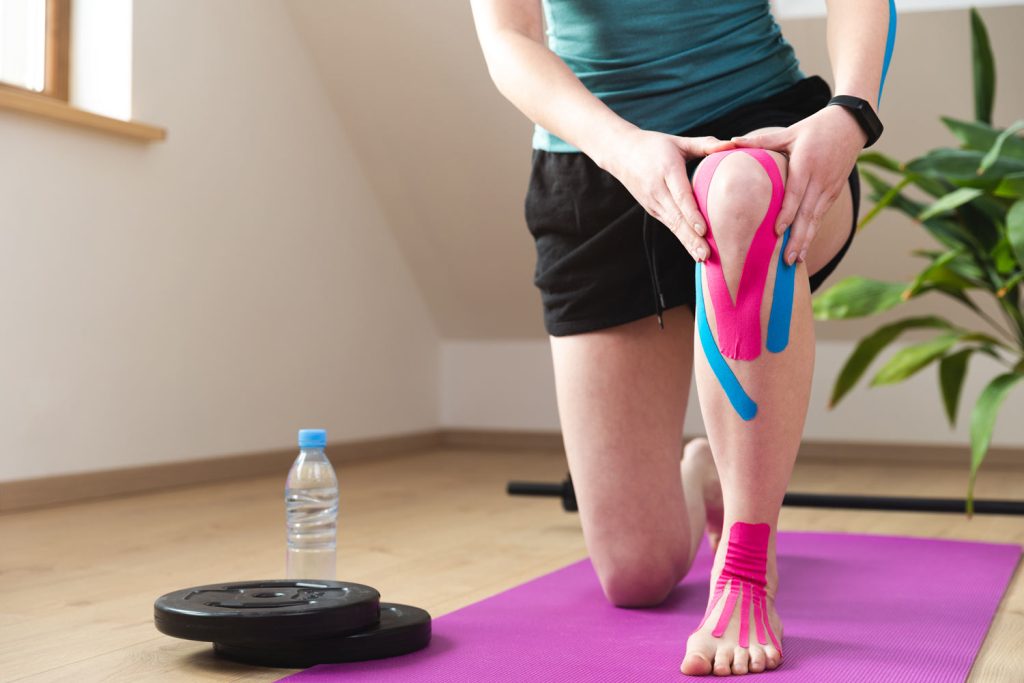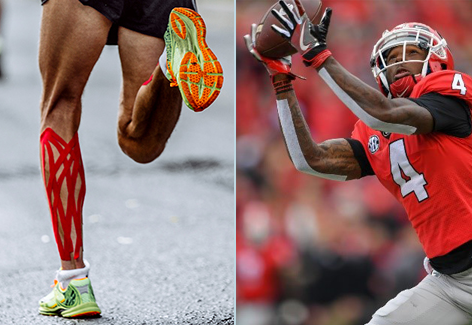What Is the Mechanism Behind Kinesiology Tape?
Kinesiology tape was first developed by Japanese chiropractor Dr. Kenzo Kase in the 1970s. It emerged as a therapeutic tool designed to support the body’s natural healing process while providing support and stability to muscles and joints without restricting the body’s range of motion. Dr. Kase created kinesiology tape with a proprietary blend of cotton and elastane, which mimics the skin’s elasticity and thickness, enabling it to integrate with the body’s sensory system naturally.

Dr Kenzo Kase
Bio-mechanical Lifting Mechanism
When kinesiology tape is applied to the skin, the elasticity in the tape gently lifts the skin from the underlying fascia—a thin layer of connective tissue that surrounds and holds every organ, blood vessel, bone, nerve fiber, and muscle in place. By lifting the fascia, kinesiology tape allows for greater movement of lymphatic fluid, which transports white blood cells throughout the body and removes waste products, cellular debris, and bacteria.
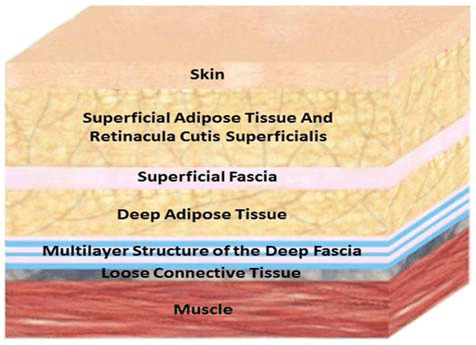
Kinesiology tape can help lifting the fascia to increase fluid flows under the skin.
Neurosensory Response
Kinesiology Tape works by targeting the neuromuscular system, creating a sensory bombardment that helps reduce pain. It essentially “tricks” the brain into focusing on new sensory input, rather than the pain itself. This distraction helps alleviate discomfort in the targeted area.
The tape also enhances proprioception, improving motor control by providing fresh sensory feedback. This is especially useful in rehabilitation, where proper movement alignment is crucial. By reducing pain, Kinesiology Tape helps users stick to their rehab programs, increasing their chances of a full recovery.
What Role Does Kinesiology Tape Play in Pain Reduction?
Mechanism of Pain Alleviation
Kinesiology tape mechanically lifts the skin and alters the pressure and irritation on the underlying sensory nerves. This alleviation is primarily achieved through two mechanisms: mechanical decompression and sensory gating. When the tape lifts the skin, it increases the interstitial space, reducing the pressure on nociceptors (pain receptors) and thereby decreasing the pain signals sent to the brain.

Kinesiology tape can interrupt with the delivery of pain signals, according ot the Gate Control Theory.
Research and Clinical Studies
Numerous studies have corroborated the efficacy of kinesiology tape in pain management. A 2021 meta-analysis published in the journal “International Journal of Environmental Research and Public Health” reviewed several clinical trials and concluded that kinesiology tape significantly reduces pain immediately post-application, particularly in patients suffering from musculoskeletal injuries. The prolonged effects of pain reduction were also noted to last several days post-application, providing extended relief that is beneficial for both acute and chronic conditions.
How Does Kinesiology Tape Facilitate Lymphatic Drainage?
What is Lymphatic Drainage?
The lymphatic system can drain fluids, detoxify, regenerate tissues, filter out foreign substances, and maintain a healthy immune system. When this system is compromised, such as after surgery or an injury, swelling and accumulation of lymph fluids can occur, leading to lymphedema or other complications.
Kinesiology Tape’s Role in Lymphatic Drainage
Kinesiology tape assists in lymphatic drainage by microscopically lifting the skin, increasing the interstitial space and thus allowing for a decrease in inflammation and improved lymph flow. This mechanical lifting capability of the tape facilitates the removal of lymphatic fluid, which often accumulates in the tissue after damage or during recovery from injury.
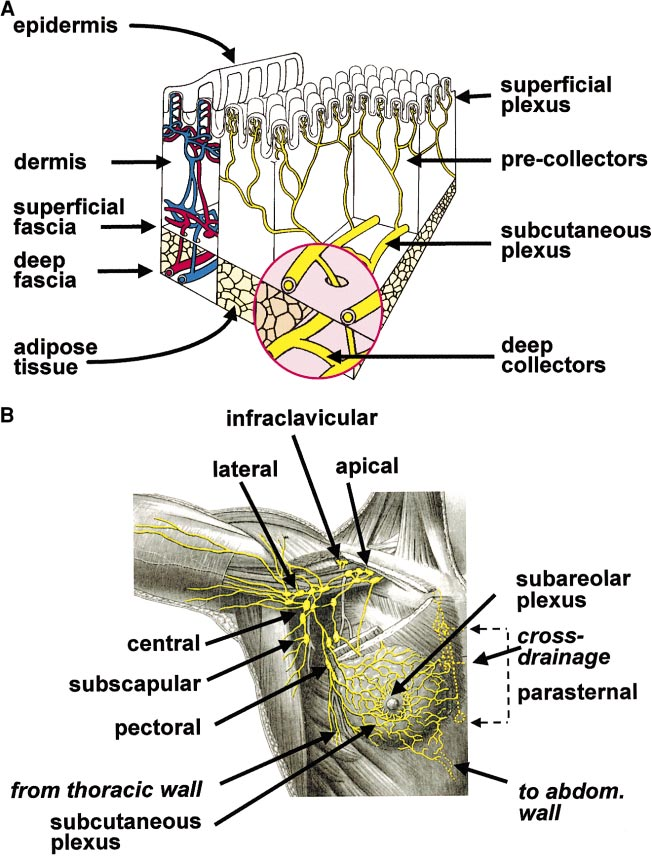
Kinesiology tape can also promote lymphatic drainage.
How Does Kinesiology Tape Help with Sports Injury Recovery?
By lifting the skin, kinesiology tape increases blood flow and reduces compression of the underlying tissues. This enhanced circulation helps to bring more oxygen and nutrients to injured tissues, which speeds up the healing process while reducing the accumulation of waste products and excess fluid, both of which can contribute to pain and inflammation.
Unlike traditional athletic tapes that immobilize injured areas, kinesiology tape allows for a safe range of motion. For athletes, maintaining joint and muscle movement is important for a quicker return to sport. At the same time, kinesiology tape can prevent the atrophy and stiffness.

Professional athletes can always be seemed using kinesiology tape for injury prevention.
How Does Kinesiology Tape Work Psychologically?
Boosting Confidence and Mental Comfort
Athletes often feel more confident wearing kinesiology tape because it provides perceived support and stability, reducing fear of re-injury during activities.
Reducing Fear of Movement (Kinesiophobia)
Kinesiology tape helps alleviate kinesiophobia—fear of movement common in injury recovery. Its support fosters a positive mindset, encouraging safe movement, which can speed up psychological recovery and rehabilitation.
Supporting Studies and Psychological Assessments
Research shows kinesiology tape can enhance well-being and reduce anxiety. A study in “The Physician and Sportsmedicine” highlighted its role in alleviating depression and anxiety by improving pain perception and activity levels in individuals with chronic musculoskeletal pain.
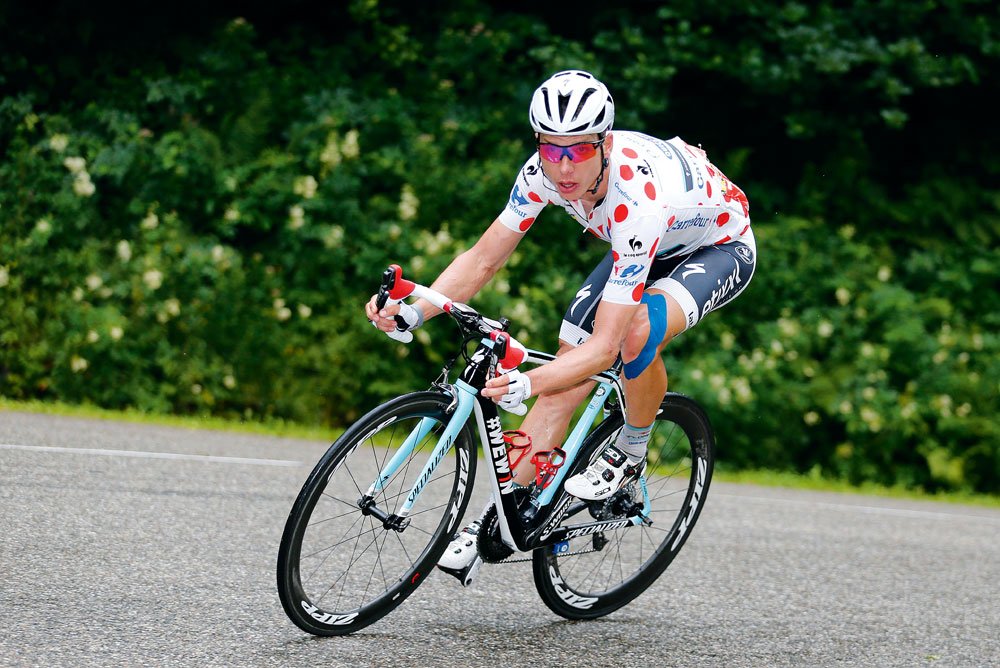
Kinesiology tape can help boost confidence in athletes.
Conclusion
Kinesiology tape allows for dynamic support, pain reduction, and enhanced recovery, making it a staple in both personal health kits and professional athletic training rooms. Professional taping techniques can maximize the effect of kinesiology tapes and prevent potential injuries. If you are interested in how to use kinesiology tape, please click in the highlighted area.
At Fonitaniya, we combine a deep understanding of biomechanics, enables us to provide products that truly make a difference in people’s lives. Visit our website to learn more about our products and how they can benefit you.
FAQs
What’s the difference between kinesiology tape and regular athletic tape?
Kinesiology tape is stretchy and promotes movement, while athletic tape is more rigid and restricts movement to stabilize the area.
Can kinesiology tape reduce pain?
Yes, when applied properly, it can help decrease pain by lifting the skin to reduce pressure and improve blood flow.
Is kinesiology tape waterproof?
Many brands offer water-resistant kinesiology tapes that you can wear while swimming or showering.
How long can you wear kinesiology tape?
It’s generally safe to wear it for three to five days, depending on the brand and body location.
Can kinesiology tape help with swelling?
Yes, its design helps increase circulation and reduce swelling by creating more space under the skin.
Does kinesiology tape work for everyone?
While many people benefit from using it, results can vary based on application technique and individual conditions.
How soon after injury can I apply kinesiology tape?
It’s best to consult a healthcare professional, but it can often be applied shortly after injury to help with pain and swelling.
Can children use kinesiology tape?
Yes, with proper guidance from a healthcare provider, it can be safe for children to use.
What should I do if I have a reaction to kinesiology tape?
Remove the tape immediately and consult a healthcare provider if irritation or rash develops.

